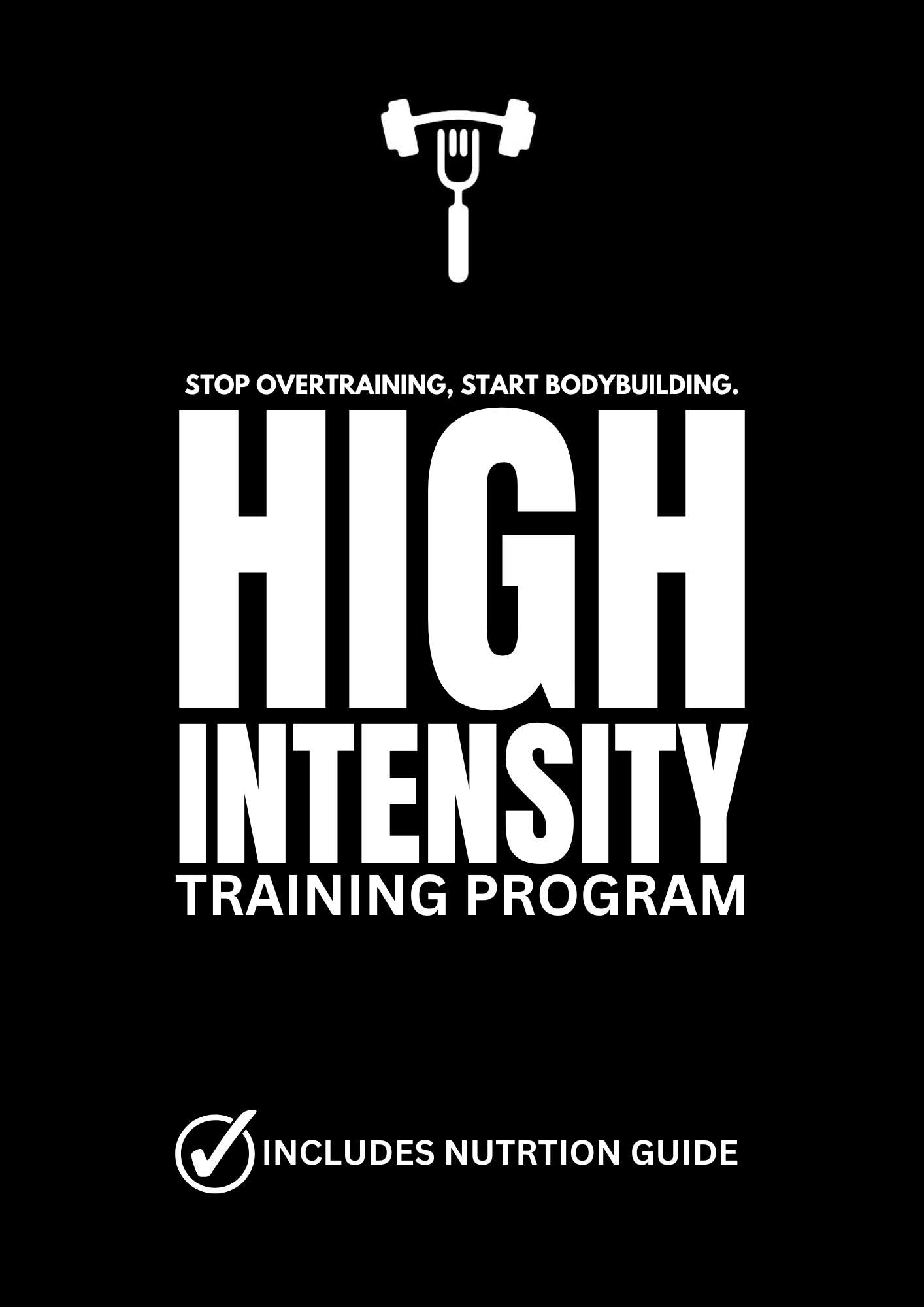The Role of Carbohydrates in Bodybuilding

In the ever-evolving world of bodybuilding, dietary trends and strategies have undergone significant transformations over the years. Decades ago, the rise of low-carbohydrate diets paralleled the emergence of steroids in the bodybuilding scene. This led to an intriguing theory that bodybuilders might have inadvertently used steroids to counteract the diuretic effects of their low-carb diets. The idea was simple: by retaining water through steroids, they could still achieve the coveted pump during workouts despite the lack of carbohydrates.
The Carbohydrate Conundrum:
Carbohydrates have long been recognized as a crucial component for muscle building and maintenance. Whether you're aiming to pack on mass or shed body fat while preserving muscle, the role of carbohydrates in your diet is undeniable. For those looking to build mass, a substantial intake of carbohydrates is necessary—approximately 60 percent of daily calorie requirements. On the flip side, when the goal is fat loss while maintaining muscle, sugar becomes a key player in the diet. Surprisingly, as long as you are on a reduced-calorie diet, you can consume a considerable amount of carbohydrates and still achieve a ripped physique.
Challenging Norms with Sugar:
The notion of eating pure table sugar to achieve a ripped physique might seem counterintuitive, but some bodybuilders have pushed the limits of conventional dietary wisdom. The argument is that as long as you maintain a caloric deficit, the source of your carbohydrates becomes less critical. In fact, some bodybuilders, including the legendary Mohamed Makkawy, have experimented with diets that consist of an exceptionally high percentage of carbohydrates.
Tom Platz's Carbohydrate-Loaded Journey:
A striking example of defying traditional dietary norms is Tom Platz, who showcased an outstanding physique at a Mr. Olympia competition. Platz, with an astonishing body fat percentage of around 2 percent, consumed a staggering 400 grams of carbohydrates daily in the final days leading up to the contest. Despite the high carbohydrate intake, Platz engaged in rigorous aerobic activities, creating a calorie deficit that contributed to his remarkable conditioning.

